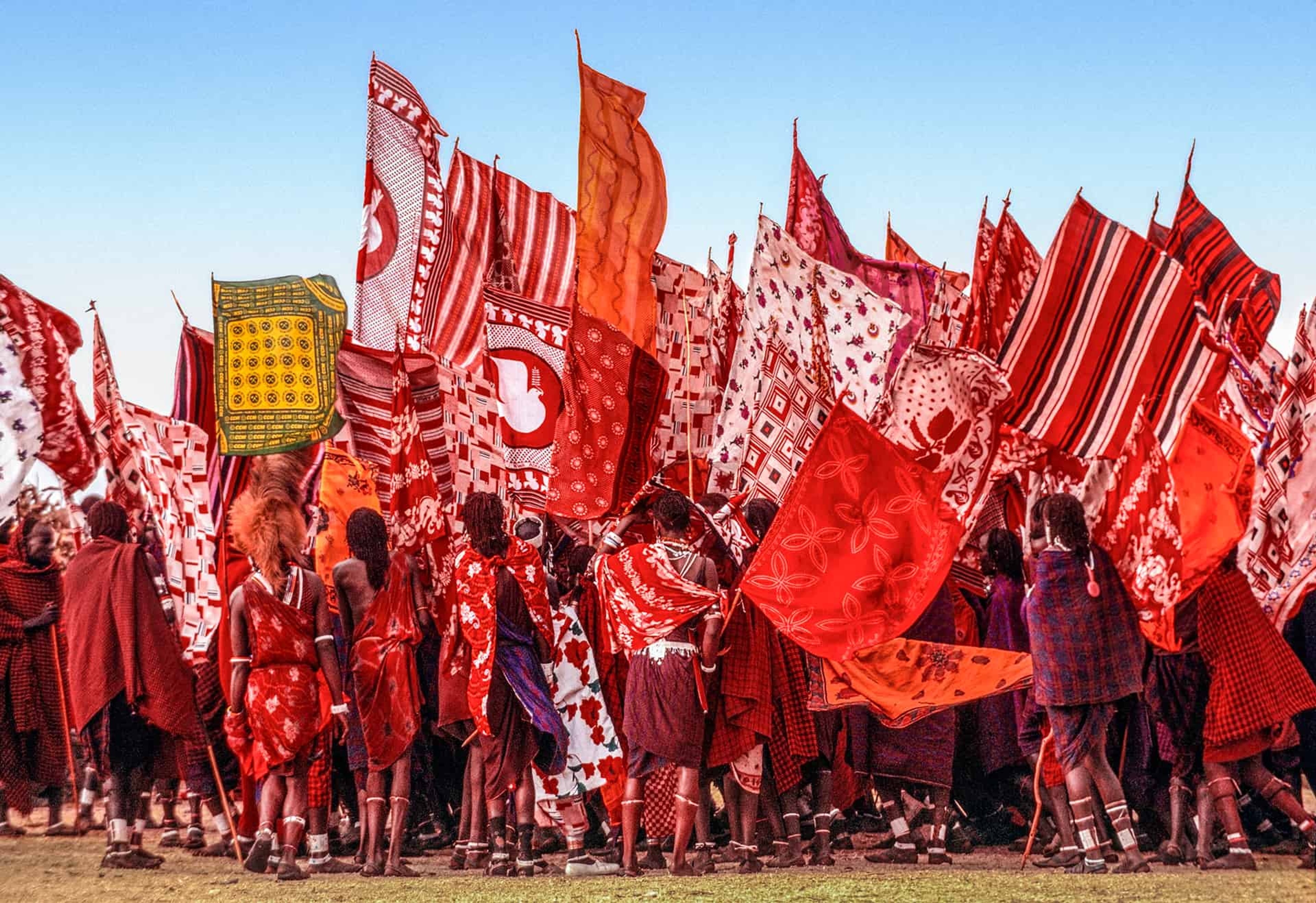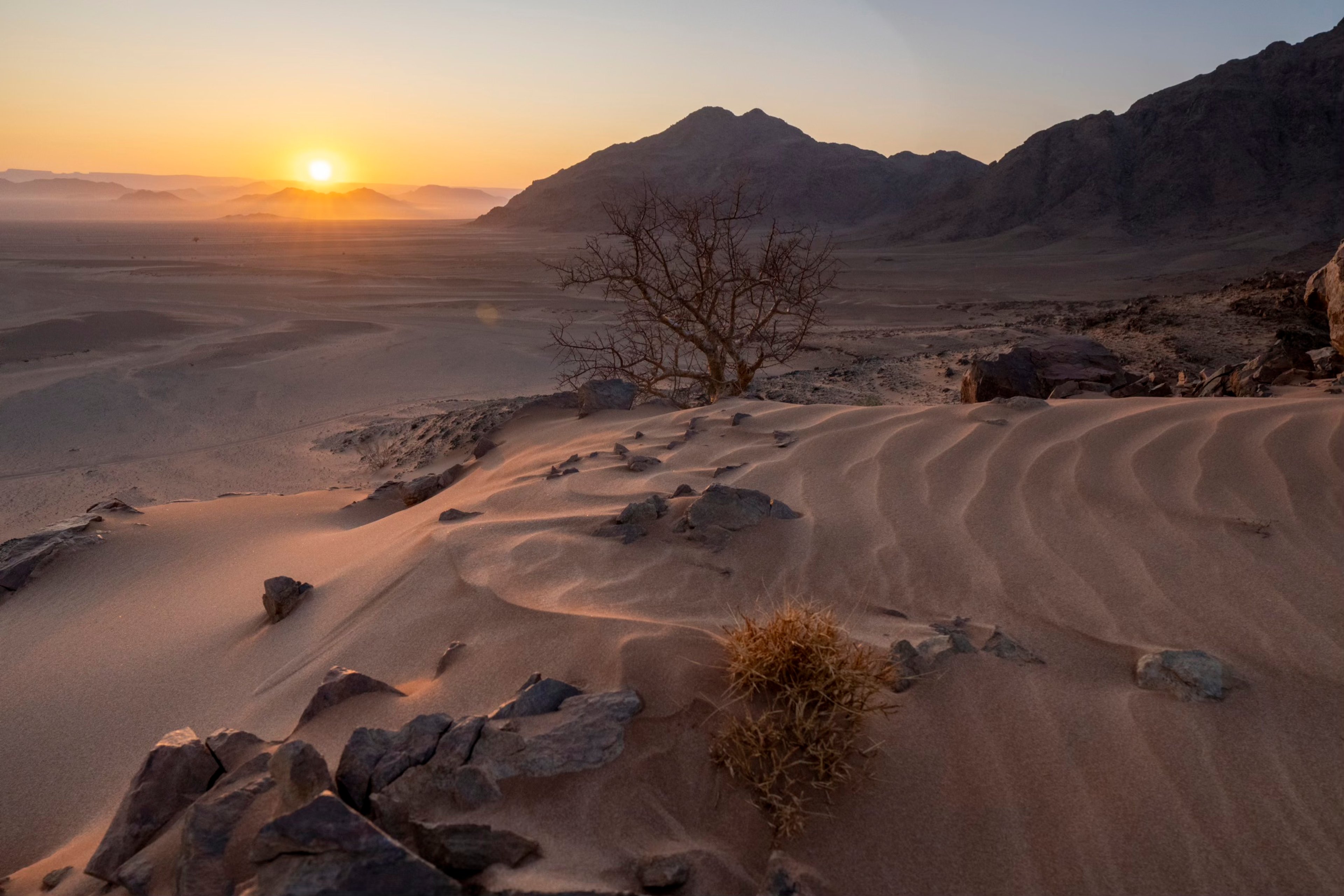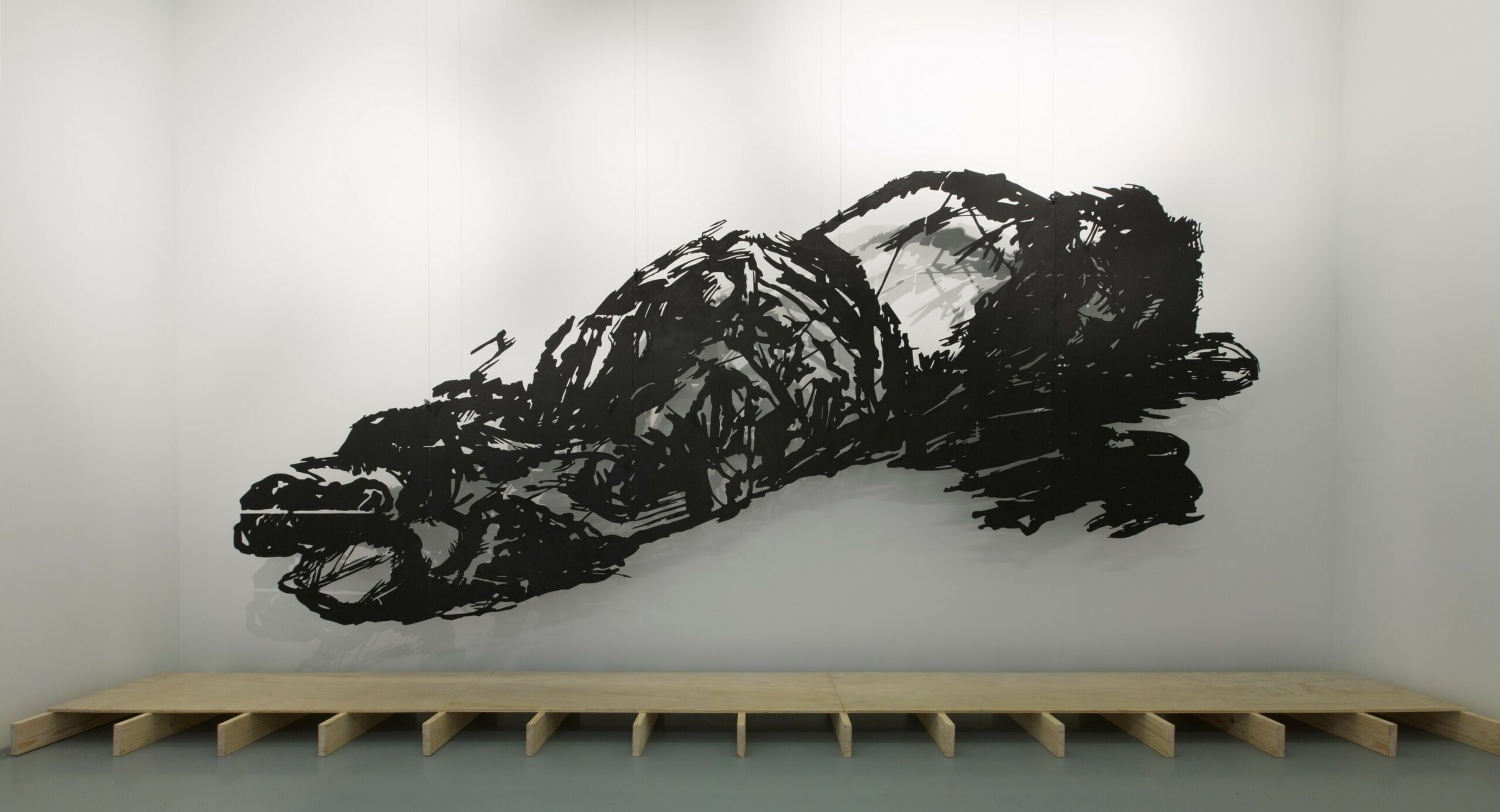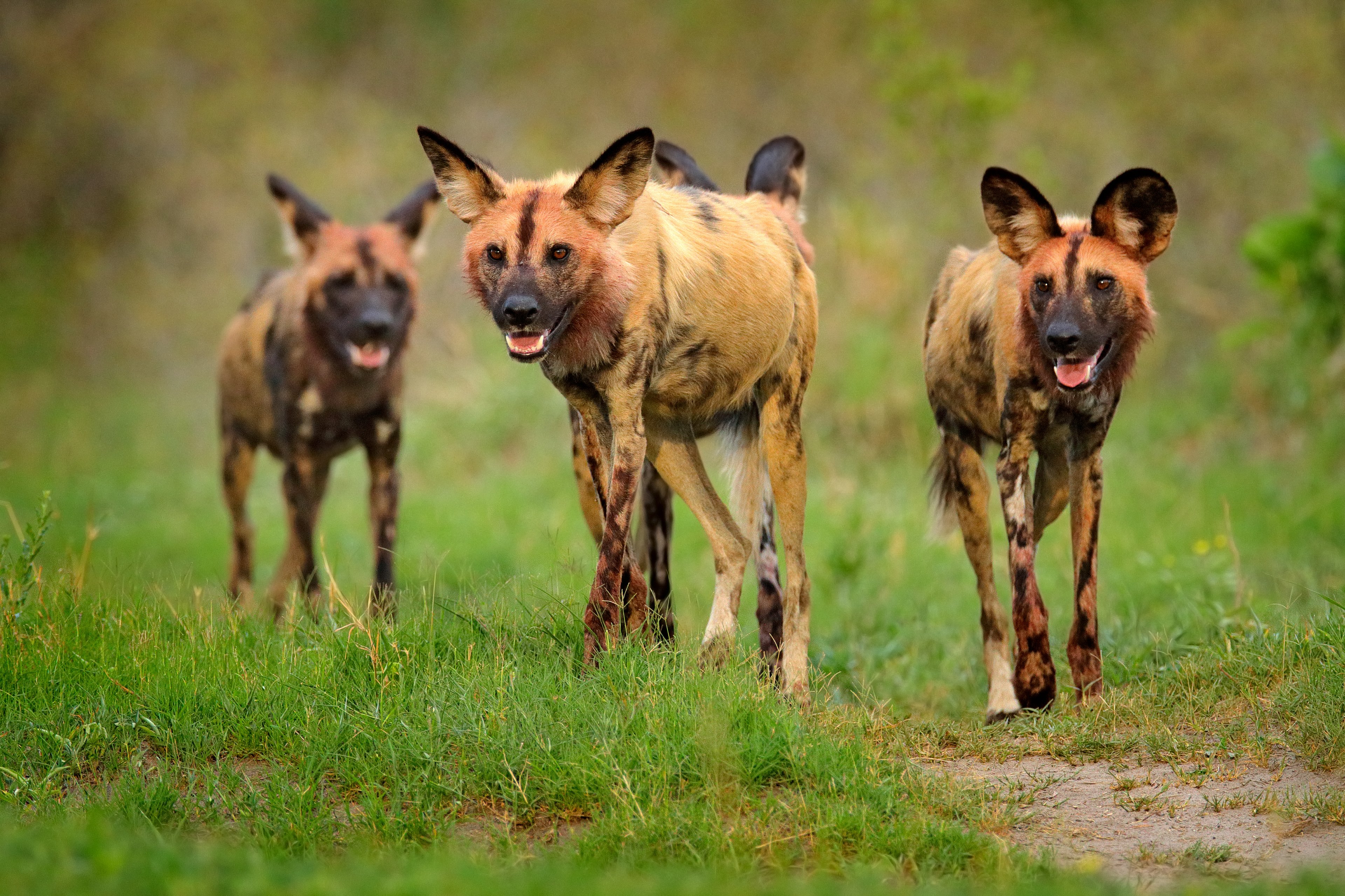I was lucky enough to catch up with two visionary women that I have long admired, world-renowned photographers Angela Fisher and Carol Beckwith, at the launch of their spectacular book, African Twilight: Vanishing Rituals and Ceremonies of the African Continent, at THK Gallery in Cape Town.
Following on decades from the critical success of African Ceremonies, a landmark book first published in 1999, the duo's African Twilight is a similarly dazzling achievement. Comprising two-volumes, this 872-page tome containing more than 750 iconic color photographs took more than 15 years to produce. In many ways it symbolizes the final trajectory of Carol and Angela’s life-long adventure that had seen them traverse some 300,000 miles to visit more than 48 countries in the farthest reaches of Africa. As a deeply intimate record of previously unrecorded tribal ceremonies and rituals from the continent, African Twilight is a unique and critical archive of the study of humankind—particularly when you consider that an estimated 40 percent of the ceremonies and rituals so faithfully captured in Carol and Angela’s 16 universally acclaimed books no longer exist.
"The uniqueness of African Twilight is that we went further and deeper than ever before to find those ceremonies and cultures that until now were largely unrecorded," explains Angela. Possessed of an indomitable spirit, Angela and Carol cite will and diplomacy as the tools with which they approached the many risks, setbacks and trials of traveling through and living in remote parts of Africa for long periods of time. "It’s all part of the journey and has led to many serendipitous moments and beneficial experiences along the way," adds Carol.
Angela and Carol first met in Kenya in the late ‘70s, where their shared fascination for Africa, its geography, people and decorative traditions had them leave their home countries of America and Australia to travel alone through Africa. "It was a time when it was pretty unconventional to do so," recalls Carol. "Nevertheless, my father had given me a birthday gift of a hot air balloon trip over the Maasai pastoral lands of Tanzania, and Angela’s brother just happened to be the balloonist." Recognizing Angela and Carol as kindred spirits, he arranged for them to meet. Although it took a year before it happened, within a week of their first meeting they were photographing a Maasai warrior ceremony together.





